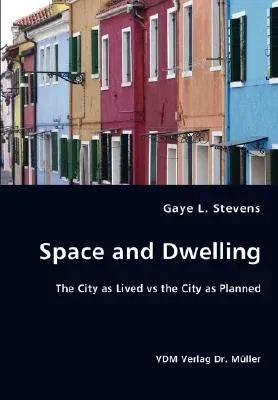Gaye L Stevens
(Author)Space and DwellingPaperback, 9 April 2008

Qty
1
Turbo
Ships in 2 - 3 days
In Stock
Free Delivery
Cash on Delivery
15 Days
Free Returns
Secure Checkout
Print Length
156 pages
Language
English
Publisher
VDM Verlag Dr. Mueller E.K.
Date Published
9 Apr 2008
ISBN-10
3836437317
ISBN-13
9783836437318
Description
Product Details
Author:
Book Format:
Paperback
Country of Origin:
US
Date Published:
9 April 2008
Dimensions:
24.41 x
16.99 x
0.84 cm
ISBN-10:
3836437317
ISBN-13:
9783836437318
Language:
English
Location:
Saarbrucken
Pages:
156
Publisher:
Weight:
258.55 gm

